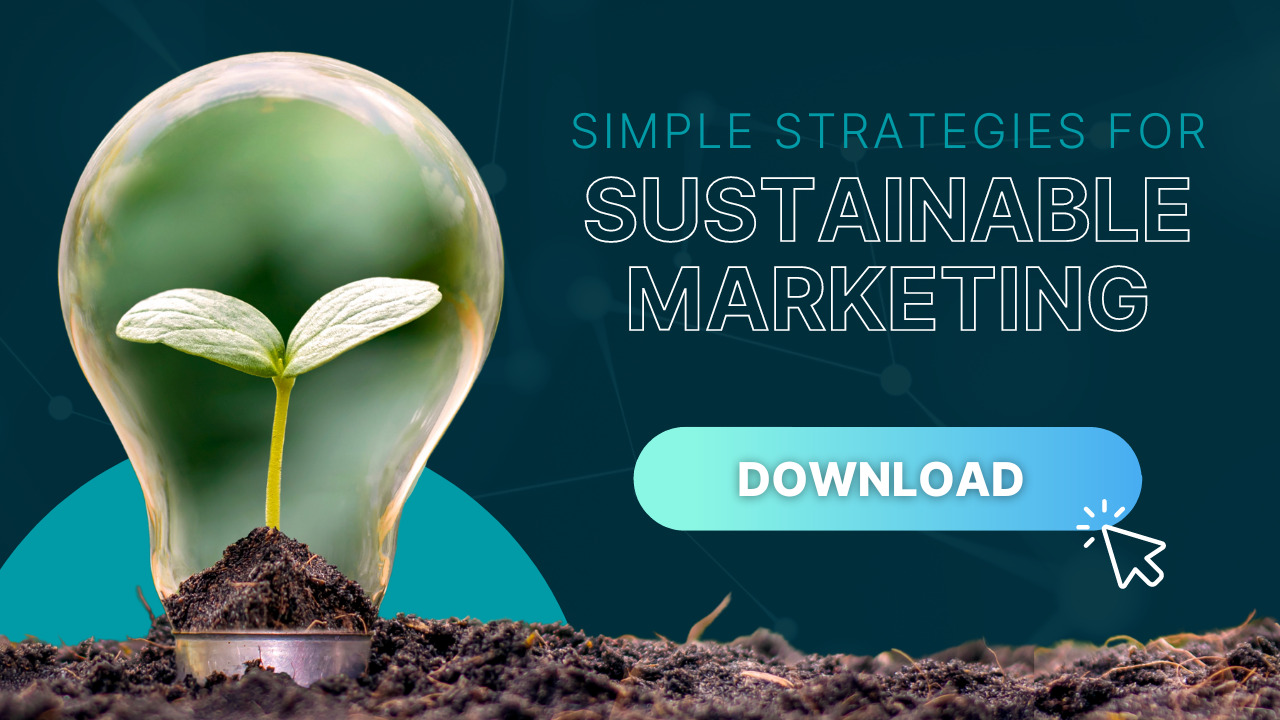The digital advertising community is facing a growing imperative to face our own carbon footprint. For decades, talks of the environmental impact of advertising have largely focused on tangible waste produced by old vinyl billboard wraps and extravagant PR mailers, much of which ends up in landfills. However, with recent estimations that a typical digital ad campaign emits around 5.4 tons of CO₂, the industry is stepping up to promote sustainability, develop best practices, and build greener technologies. With even more sustainability solutions expected on the horizon, it would be premature to overhaul your entire digital strategy. But if carbon-consciousness is one of your businesses objectives, here are five innovative approaches to think through now:
Build Your Sustainability Roadmap
Sustainability transformation requires a holistic understanding of where your brand stands today.
Before you make large changes, plan time to reflect on historical advertising practices, discuss which areas of sustainability you would like to prioritize as focal points, receive alignment across all relevant teams – ultimately determining what a transformation engine could look like at your company and what it would take to empower action and collaboration across teams and partners.
Building this roadmap prior to tackling any specific changes will increase likelihood of long-term success.
Choose a Trusted Measurement Partner
Take it from performance marketers: you have to plan your strategy with measurement in mind.
Currently the best solutions for understanding your campaigns’ carbon emissions are outside of your performance platforms, so you’ll need to evaluate the sustainable ad tech landscape and determine the ideal partner to challenge and support your transformation. Organizations like Scope3 and Good-Loop have been vocal drivers of ad industry change; Good-Loop has partnered with IAS to enable the seamless tracking and viewing of end-to-end carbon emissions alongside other crucial metrics such as brand safety, fraud, and viewability.
Ultimately, partnering with a reliable measurement provider, like some mentioned above, helps mitigate the risk of greenwashing and ensures your sustainability claims are backed by robust data.
Establish a Baseline and Set Benchmarks
Before establishing goals to minimize your carbon emissions, you must understand how your current approach measures out.
It’s become essential for you to answer this question: can we accurately gauge the impact of our efforts on reducing carbon emissions in a significant way? To effectively address this question, you must possess a holistic view of the data points emitting carbon emissions throughout the entire lifespan of your digital ad campaigns. Gathering this information sooner rather than later will allow for the identification of necessary benchmarks to properly evaluate future sustainable marketing efforts and ensure progress is being made.
Ensure Existing Tech is Minimizing Waste
Your commitment towards sustainability means having to consistently assess and enhance your technological framework and operational procedures to ensure movement towards the reduction of your carbon footprint across digital advertising.
The good news? Cutting back on impression waste should lead to more cost-efficient performance. Aim for highly viewable impressions, whether through programmatic viewability minimums, programmatic guaranteed and private marketplace deals with these guarantees, or via environments that are naturally more likely to be seen and watched to completion, like Connected TV.
A greener future represents the need for a collaborative effort between yourself and each stakeholder within your supply chain.
Experiment with Attention and Engagement Metrics
By optimizing to look beyond what viewability and reach can offer, you can prioritize “attention time” for a more definitive view on who actually saw an ad. This will help you maximize your understanding of consumer engagement while also increasing ad quality.
According to a study by WARC, successfully optimizing toward “attention time” can have additional environmental benefits without putting your overall marketing results in jeopardy. This is achieved by eliminating between 20% to 25% of the highest carbon-emitting domains and by placing online ads in destinations where messaging and context align.
In the end, this approach makes attention measurement a win-win for performance and sustainability. As the consumer demand for brands to address environmental concerns intensifies, our industry has the opportunity to enact meaningful strategies to make our efforts more sustainable.
Moreover, in reevaluating the status quo with a strong roadmap ahead, marketers can contribute to building a future that creates value for brands and their audiences while minimizing the impression waste contributing to our collective carbon footprint.
For hands-on guidance in crafting your brand’s marketing sustainability plan, reach out to a Coegi strategist and download the white paper to understand more about the key steps for building a sustainable marketing practice:
- Form a Holistically Supportive Transformation Engine
- Establish an Understanding of Your Baseline Emissions
- Choose the Right Measurement Partner
- Build Your Roadmap Toward Sustainable Transformation
- Ensure Your Existing Tech is Minimizing Waste
- Experiment with Attention and Engagement Metrics







